If you work in a factory, you know how loud it can be. The machines, the tools, the vehicles, and the people can create a constant noise that can harm your hearing and affect your performance. That’s why you need ear plugs.
Ear plugs are small devices that fit into your ear canal and block out unwanted sounds. They are essential for factory workers who are exposed to high levels of noise every day. Wearing ear plugs can protect your hearing and boost your productivity in a factory.
In this blog post, we will explain why you should wear ear plugs in a factory and how to choose the right ones for your needs.
Why You Should Wear Ear Plugs in a Factory
Wearing ear plugs in a factory can have many benefits for your health and work. Here are some of the reasons why you should wear ear plugs in a factory:
- Prevent hearing loss. Noise is one of the leading causes of hearing loss. The human ear can only tolerate up to 75 decibels (dB) of noise, but many factory sounds exceed this level. For example, a power drill can produce 100 dB, a forklift can reach 110 dB, and a punch press can blast 120 dB. Exposure to loud noises can damage the delicate cells and nerves in your inner ear, leading to permanent hearing loss and tinnitus (ringing in the ears). Wearing ear plugs can reduce the noise level by 15 to 35 dB, depending on the type and fit of the ear plugs. This can protect your hearing and prevent noise-induced damage.
- Boost productivity. Noise pollution can also affect your work performance. Constant exposure to loud noises can increase your stress levels and trigger anxiety, irritability, headaches, and fatigue. These can impair your concentration, memory, decision-making, and communication skills. Ear plugs can help you cope with noise pollution by creating a sense of calmness and relaxation. They can also help you focus on your tasks without being distracted by background noises. This can improve your productivity and quality of work.
- Reduce accidents. Noise pollution can also increase the risk of accidents in a factory. Loud noises can interfere with your ability to hear important signals, warnings, or instructions. They can also make you more prone to errors or mistakes that can cause injuries or damages. Ear plugs can help you avoid these hazards by enhancing your hearing clarity and awareness. They can also prevent foreign objects from entering your ear canal that can cause pain or infection.
How to Choose the Right Ear Plugs for a Factory
Ear plugs come in different shapes, sizes, materials, and designs. The best type of ear plugs for you depends on your personal preference, comfort level, and purpose. Here are some factors to consider when choosing ear plugs for a factory:
- Material. Ear plugs are usually made of wax, silicone, foam, or rubber. Wax and silicone ear plugs are soft and moldable, which means they can fit any ear shape and size. They are also waterproof and ideal for swimming or sleeping. Foam and rubber ear plugs are firmer and more durable, which means they can last longer and block more noise. They are suitable for working or traveling in noisy environments.
- Noise reduction rating (NRR). The NRR is a measure of how much noise an ear plug can reduce in decibels. The higher the NRR, the more noise reduction an ear plug provides. For example, an ear plug with an NRR of 30 dB can lower a noise level of 120 dB to 90 dB, which is still loud but less harmful. The NRR of ear plugs can vary from 10 to 33 dB, depending on the model and brand. You should choose ear plugs with a high NRR if you work in a factory with very high noise levels, such as a punch press or a jet engine. You should choose ear plugs with a low NRR if you work in a factory with moderate noise levels, such as a power drill or a forklift.
- Comfort and fit. Ear plugs should fit snugly and comfortably in your ear canal. If they are too loose, they can fall out or let in noise. If they are too tight, they can cause pain or irritation. You should try different sizes and shapes of ear plugs until you find the ones that fit you best. You should also follow the instructions on how to insert and remove ear plugs properly to avoid damaging your ears.Type and design. Ear plugs can be classified into two types: disposable and reusable. Disposable ear plugs are meant to be used once and then thrown away. They are cheap and convenient, but they can also accumulate dirt and bacteria over time. Reusable ear plugs can be washed and used multiple times. They are more eco-friendly and cost-effective, but they require more care and maintenance. You should choose the type of ear plugs that suits your budget and lifestyle. Ear plugs can also have different designs, such as corded, banded, flanged, or custom-made. Corded ear plugs have a string that connects them together, which makes them easy to find and store. Banded ear plugs have a plastic or metal band that holds them in place, which makes them easy to put on and take off. Flanged ear plugs have multiple ridges that seal the ear canal, which makes them more effective at blocking noise. Custom-made ear plugs are molded to fit your ear shape exactly, which makes them more comfortable and personalized.

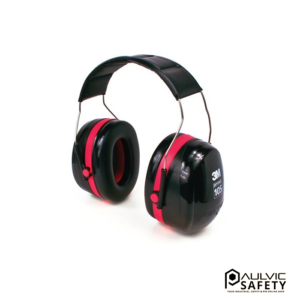
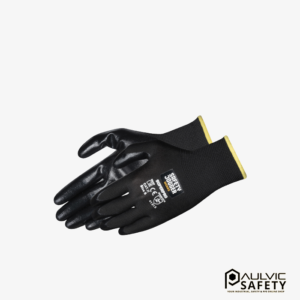
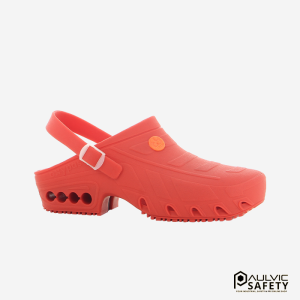
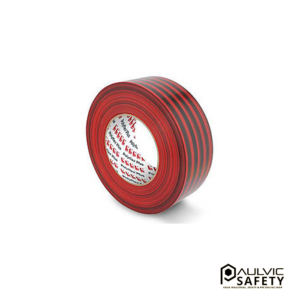
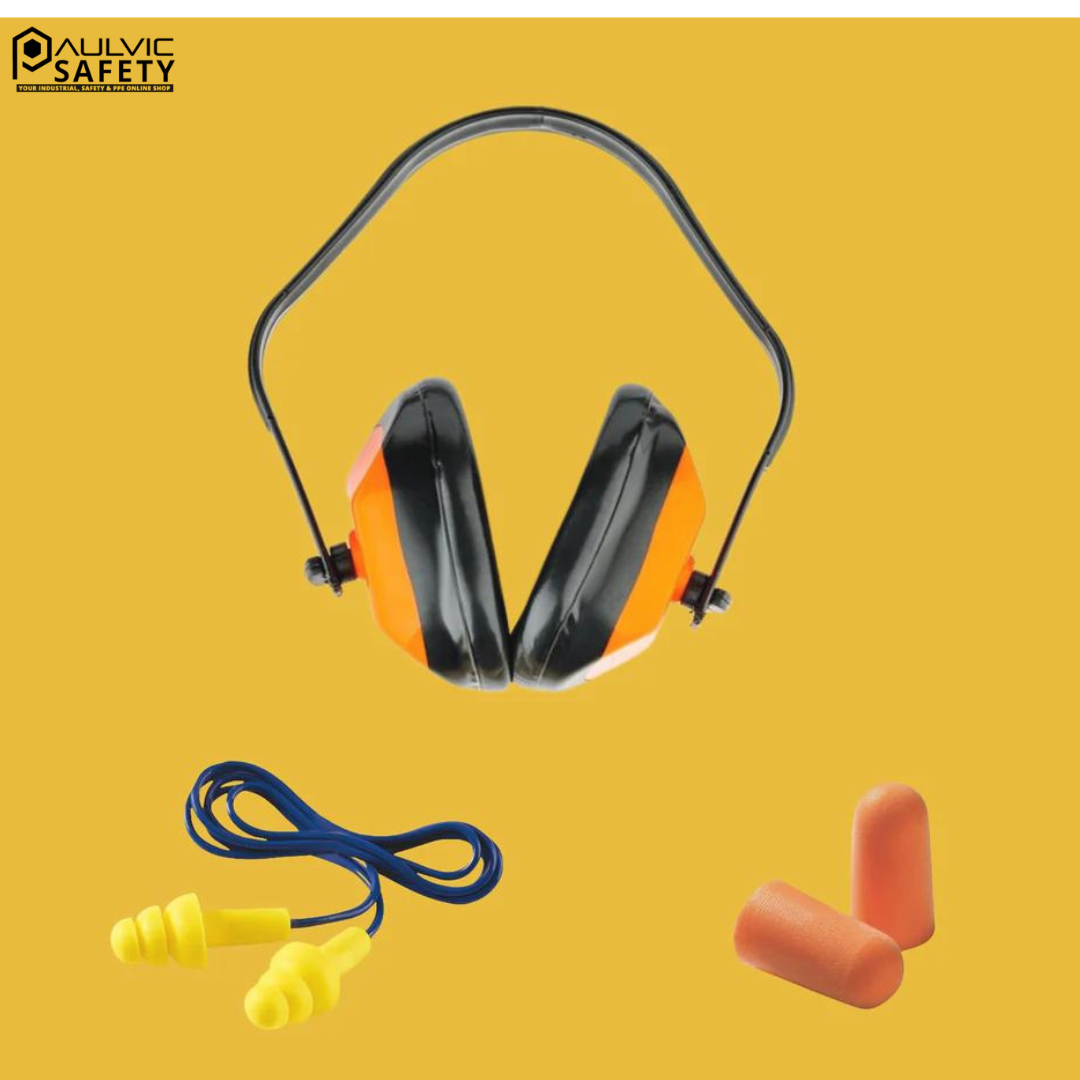


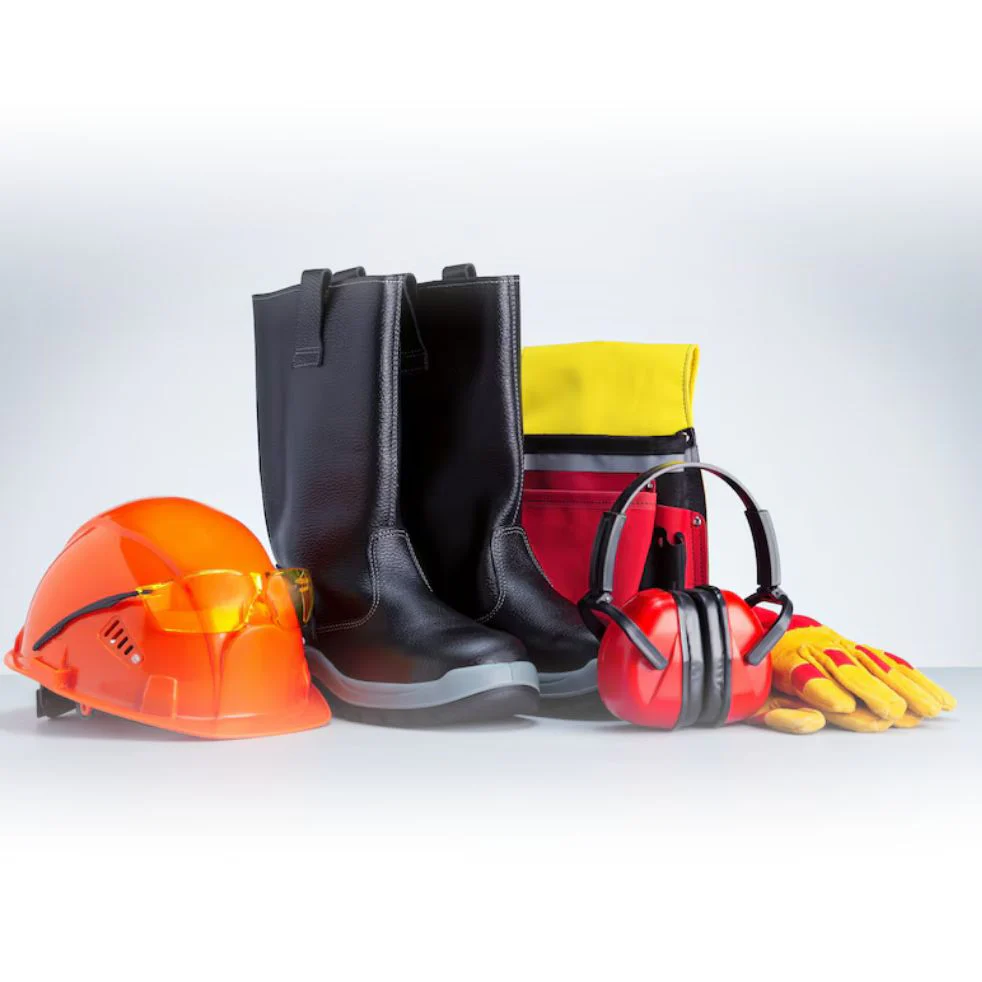
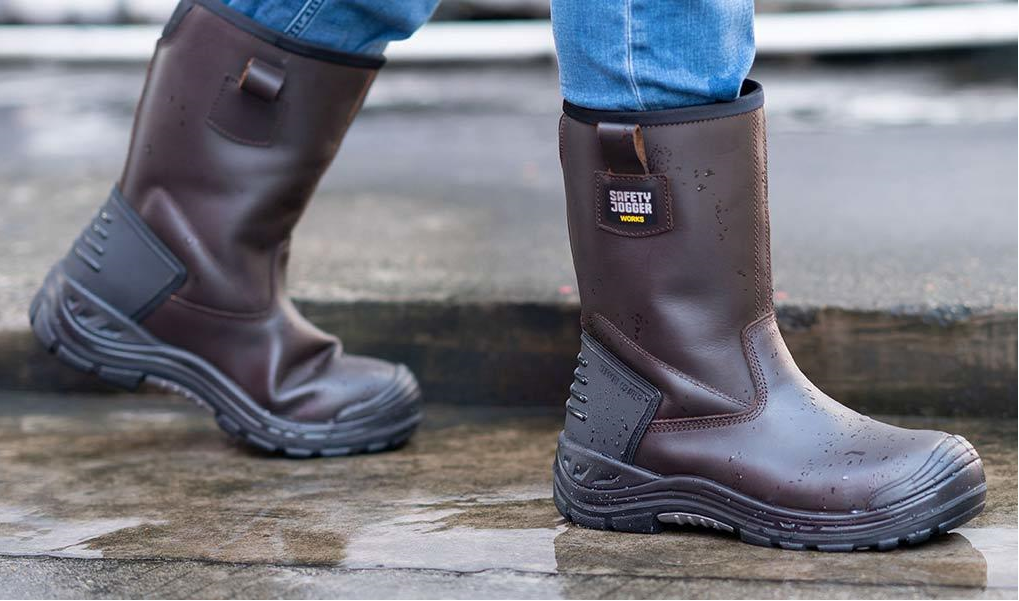

Leave a comment